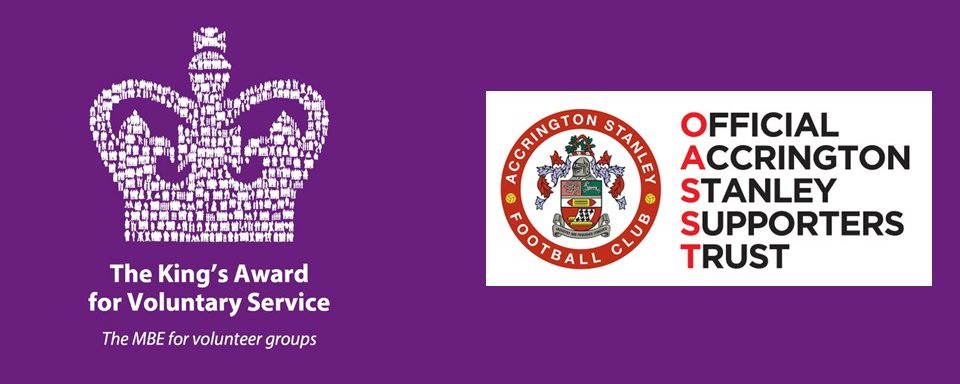Is there a North/South divide in the lower echelons of the Football League?
Written by John Schofield
I present the evidence and leave you to decide.
It is interesting to compare the teams currently in the EFL, or rather not in the EFL, with those of the 1957/8 season – the final season of the old Third Divisions North and South.
Generally, the Third Division South teams have suffered relatively minimal impact.
Only three teams from that 1957/8 season are currently out of the EFL – Torquay, Aldershot, and Southend; whilst Exeter and Colchester have also had periods in the National League/Conference etc.
By contrast the old Third Division North teams have been decimated.
Some THIRTEEN teams from that division are currently out of the EFL, they are Scunthorpe (champions in that year), Bury, Halifax, Chesterfield, Wrexham, York, Gateshead, Oldham, Workington, Darlington, Chester, Bradford Park Avenue and Southport. Additionally, Accrington Stanley, Mansfield, Stockport, Tranmere, Carlisle, Hartlepool and Barrow have had lengthy periods out of the league.
Making twenty in total from the class of 57/8 who have endured hard times.

If you look at the Second Division of that season, some four Northern teams and one Southern team have endured periods outside the league: Lincoln, Doncaster, Grimsby, Leyton Orient and Notts County (who are still in the National League) have had a spell out in the cold.
Since the introduction of automatic promotion from the Conference/National League many of the above have been relegated on merit (or rather lack of). Back in the 70s, however, the old boys re-election network didn’t extend to the far-flung outposts of Barrow and Workington. Nor did Gateshead, Bradford Park Avenue and Southport fare any better, with the general re-election picture being Northern club out, Southern club in:
- Out Gateshead/In Peterborough.
- Out Bradford Park Avenue/In Cambridge.
- Out Barrow/In Hereford.
- Out Workington/In Wimbledon.
Southport were replaced by nearby Wigan who had been knocking on the door for years.
Finally, Accrington Stanley (runners up in Third Division North 1957/8) were kicked through the trap door in 1962, despite withdrawing their resignation letter, to be replaced by Oxford.

To give a balanced view, it is fair to say that many of the incoming Southern teams are from towns with a large, often affluent, population and little competition from other league teams in the immediate catchment area. As such they can easily justify having an EFL team.
The Northern clubs on the other hand often have a number of large successful clubs on the doorstep, which is reflected in reduced numbers through the turnstiles. It is also fair to say that they are often in a less affluent catchment area. Support is often limited to indigenous population of the town, whilst the glory hunters support the big clubs (if only on TV in many cases).
This raises the question: “Should the lower divisions revert to a north/south split?”
More local derbies and therefore bigger gates, generating much more interest. Supporters able to attend more away matches at lower cost in terms of both money and time. Lower travelling and accommodation expenses for clubs – many clubs have been crippled by escalating costs. The benefits seem obvious. The drawbacks are less clear.
I leave you to decide.
